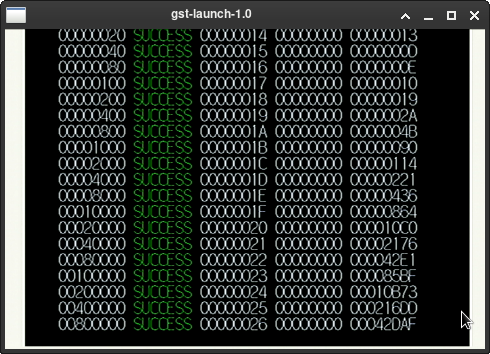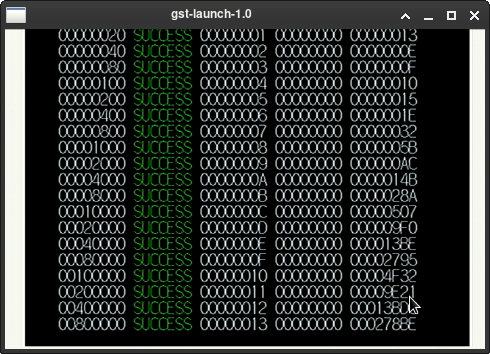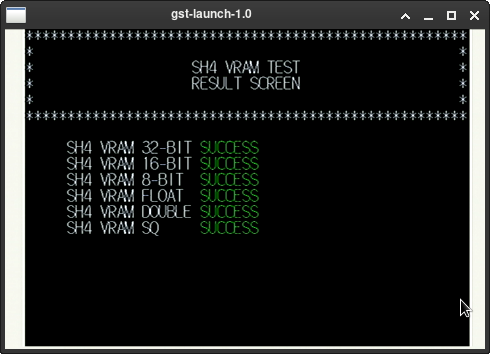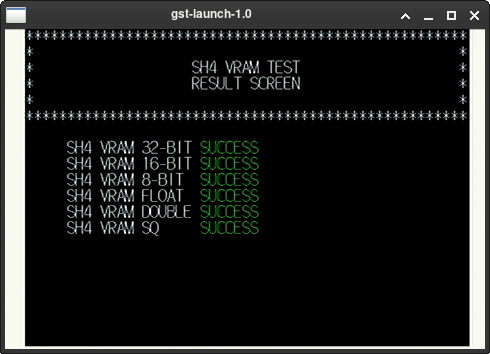description
abstract
This is a test I wrote to ensure that SH4 writes to the PowerVR2 memory are correctly reflected across all mirrors.
PowerVR2 has a total of 8MB of VRAM on the Dreamcast. The VRAM is split between two banks which are both 4MB long. Each mirror access VRAM through either the 32-bit bus or the 64-bit bus. The 64-bit bus optimizes bandwidth by interleaving the two banks together so that it alternates between banks every four bytes. The 32-bit bus stores the two banks sequentially, so that the first four megabytes are the entirety of one bank and the second four bytes are the entirety of the second bus.
Although the two busses are referred to as "32-bit" and "64-bit", that has no bearing on the size of reads and writes. The names refer to the 64-bit bus being able to access both banks at once due to the interleaving, and the 32-bit bus being unable to do so.
test cases
SH4 VRAM Test (FAST)
this tests several VRAM addresses to ensure they mirror correctly for every size of write.
SH4 VRAM Test (SLOW)
this is like the fast version except it tests all 8MB of VRAM. This test is extremely slow and may take up to 30 minutes to complete. While this test is running the screen will be blank and you may think that your dreamcast has crashed but it's actually still running and you just need to be really really patient with it.
DMA Test (64-bit)
tests that DMA transfers to PVR2 through the 64-bit path work as expected. Make sure your emulator respects the LMMODE0/LMMODE1 registers (0x5f6884 and 0x5f6888 respectively)!
see "DMA test results" below for an explanation of the results screen
DMA Test(32-bit)
same as above but for the 32-bit path instead of the 64-bit path
DMA test results
This test draws four columns leftmost column is the size of the transfer, in bytes the next column is success/fail for DMA behavior conformance the next column is number of times the counter overflowed during the DMA xfer rightmost column is number of ticks remaining, not including the overflows in the middle column. the "ticks" here have a frequency of (50/4) MHz. So divide the number of ticks by (50 * 1024 * 1024) to get seconds. The overflows happen every (1<<32) ticks. So each overflow is worth (1 << 32) ticks, or 327.68 seconds. Unsurprisingly, this test never overflows because 328 seconds would be a really insanely long time for DMA to complete. lol.
expected results
i've included screenshots of the results of all four tests running on a real Dreamcast in the screenshots/ subdirectory. Note that the rightmost column in the DMA results pertains to timing, so it's not fair to expect an emulator to get that on perfectly right.
usage
d-pad moves cursor, a selects test and advances to the next screen. Be very patient with this one, it's totally normal to be stuck at a blank screen for up to half an hour while your dreamcast thinks.
screenshots




